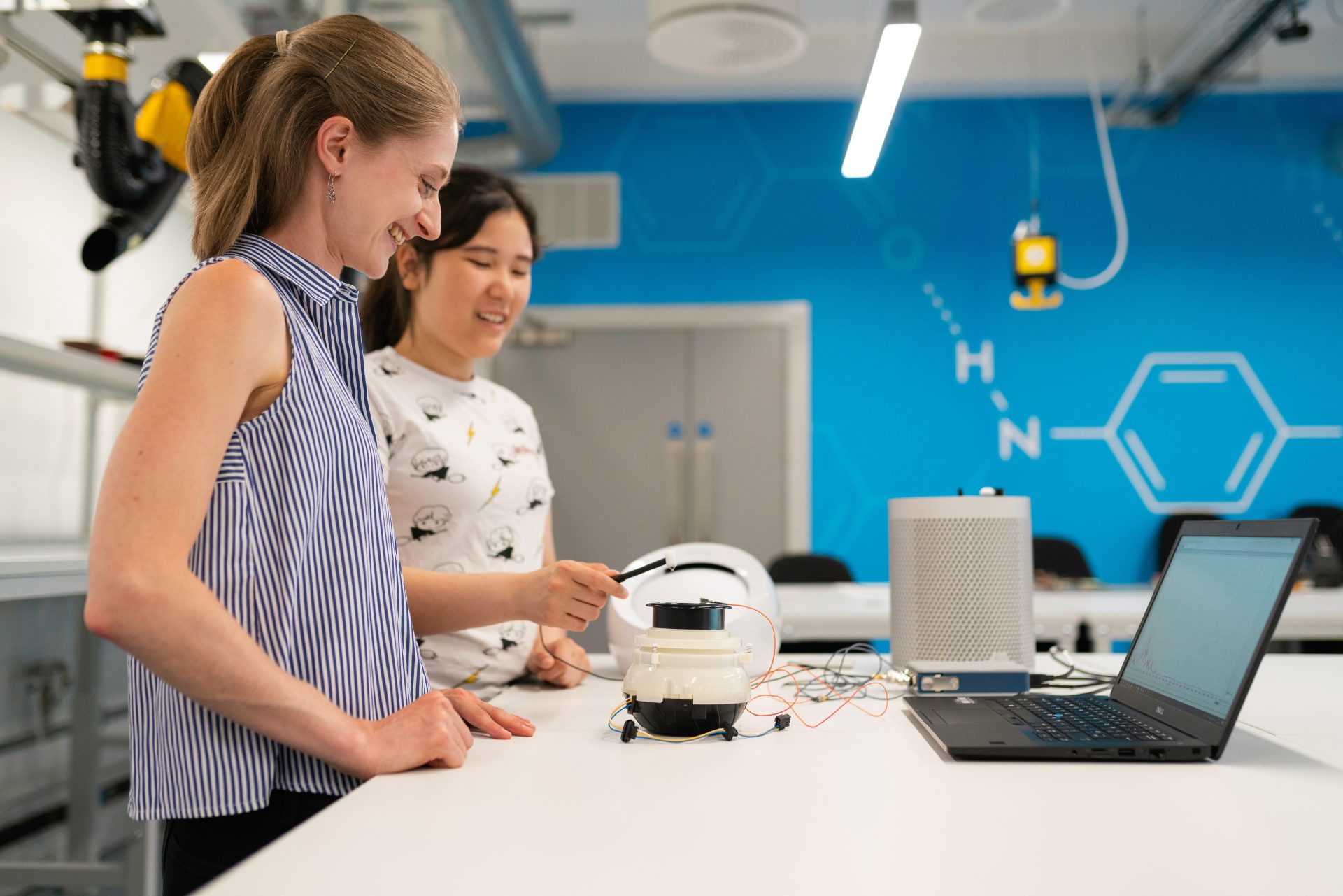
As heatwaves intensify across the globe, the demand for air conditioning and refrigeration skyrockets. The ballooning demand for cooling strains energy infrastructure and escalates emissions from vapor compression systems. These conventional refrigerators and AC units rely on greenhouse gases and inefficient mechanical compressors that have reached their efficiency limits. With little room for improvement, vapor compression technology cannot sustainably shoulder doubling cooling demands. Scientists urgently search for climate-friendly innovations before the warming world overheats.
In a breakthrough discovery, researchers at the Luxembourg Institute of Science and Technology (LIST) pioneer a radically different cooling approach harnessing the electrocaloric cooling effect. This phenomenon describes particular ceramic materials that heat up or cool down when electric fields flip on and off. By cleverly leveraging this conductivity toggle, the LIST team designed an assembly that can pump heat without noisy, energy-draining compressors.
Electrocaloric cooling is a fascinating phenomenon where certain materials experience a reversible temperature change when an electric field is applied. In simpler terms, you can directly use electricity to manipulate their temperature, creating a cooling effect. This opens up exciting possibilities for energy-efficient and environmentally friendly cooling technologies.
The regenerative system developed by LIST alternates layers of electrocaloric capacitors with liquid coolant. Switching an electric field pulls heat from the fluid into the capacitors, cooling the system. Cutting voltage then dissipates the heat, so the cycle repeats. The smooth back-and-forth between hot and cold replaces high-maintenance mechanical parts with solid-state reliability. Scientists calculate that electrocaloric cooling efficiency leapfrogs vapor compression refrigeration by directly shuffling heat instead of wasting effort compressing refrigerants.
Since fluids naturally stratify by temperature, no added energy input is required to cycle hot and cold. The passive electrocaloric cooling generator minimizes electricity demands by exploiting thermodynamics rather than fighting against them. With game-changing energy savings over traditional refrigerator designs, this electrocaloric cooling technology paves the way for truly sustainable cooling.
Seeking real-world integration, LIST researchers collaborate with manufacturing partners to develop prototypes. The original discovery featured a single electrocaloric part, which limited heat transfer speed. The current regenerator assembly overcame this by interleaving many capacitors with parallel coolant channels. This boosts heat pumping capacity for powerful, real-world performance. Ongoing enhancements also aim to lower costs and extend operating lifetimes to enable widespread commercialization.
While the immediate goal focuses on eco-friendly refrigeration, the applications likely won’t stop there. Any process generating unwanted heat could benefit from electrocaloric cooling technology. Air conditioners, electronics cooling, industrial processes and even solar energy storage represent prospective opportunities. Because electrocaloric cooling systems thrive when miniaturized, microchip-level cooling also offers possibilities for computing breakthroughs.
For example, electrocaloric cooling films could provide on-chip cooling for high-performance computer processors, enabling faster computing speeds. Electrocaloric cooling systems can also be used to condense water vapor in air conditioning and dehumidification applications. This could allow environmentally-friendly refrigerants like water instead of HFCs to be used in vapor compression HVAC.
Additionally, the flexibility of electric-powered cooling lends well to renewable energy integration and smart grid load balancing. Electrocaloric heat pumps powered by wind or solar electricity during times of excess generation could store thermal energy for later dispatch while synchronizing supply and demand on the grid. With materials and system configuration innovations, electrocaloric cooling technologies show promise for revolutionizing thermal management across many sectors.
Despite enormous promise, unanswered questions remain regarding large-scale manufacturing and durability. However, early indications suggest the regenerator’s simple solid-state design will prove reliable over long stretches. By dodging complex mechanical components, the approach naturally steers towards sustainability. Cooling demand will only climb higher as climate change continues, but creative solutions like the LIST electrocaloric cooling regenerator offer hope we can innovate our way to a cooler future.
Source Happy Eco News









